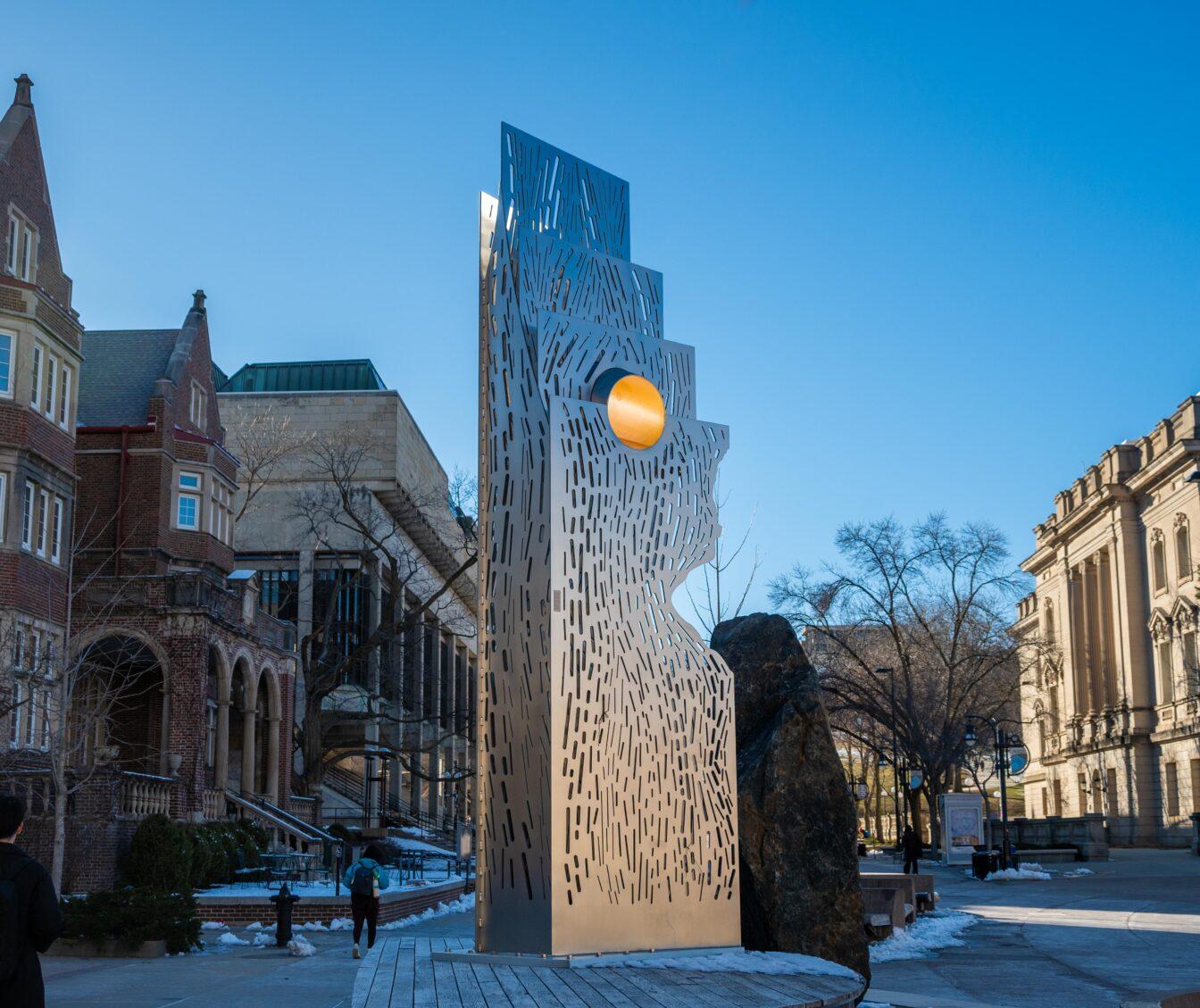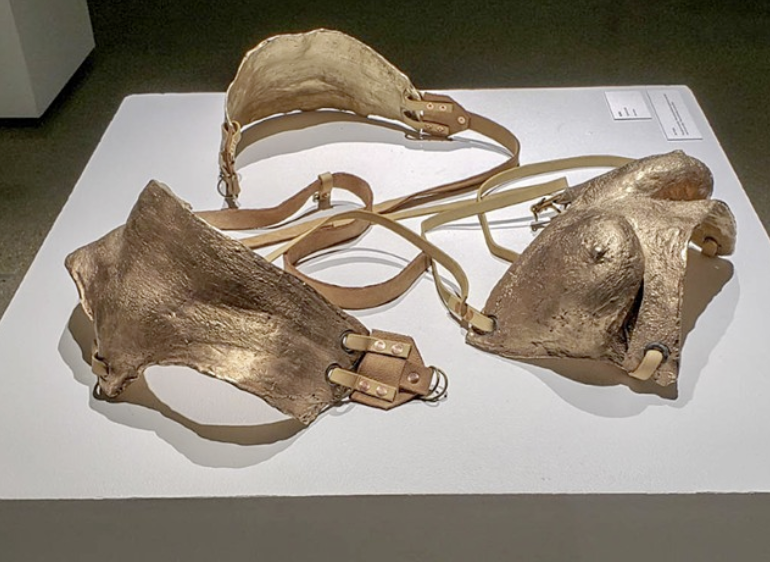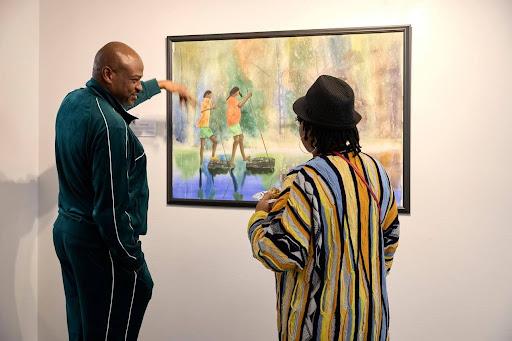
Recently, writer Adrien Chen released an article about a fringe astronomy journal that led with the sentence, “There’s a way in which science can be viewed as the business of publishing very serious and boring magazines.” And there’s more than a kernel of truth to that thought. Though cutting edge research may not be “boring” per se, especially to scientists in related fields, it’s certainly the case that modern scientific knowledge is catalogued almost exclusively in glossy, pristinely-bound publications filled with page upon page of dense technical text.
However, for the casual observer, journals such as “Science” and “Nature” have always had at least one redeeming quality: Their covers. As anyone who’s seen one knows, those covers often feature large, vividly colored pictures that, for a moment, can make science seem downright enticing. Of course, those pictures are invariably attached to articles indecipherable to the layman. But in the photography exhibit currently on display in Ebling Library, the five-syllable words and protein acronyms have been stripped away – it turns out that some science, devoid of context, is art.
The exhibit, titled “Tiny: Art from Microscopes at UW-Madison” is a collection of large photographs (and a few computer-aided graphic renderings) of some seriously minuscule subjects. The gallery starts abruptly on a wall on the third floor of the library, and it takes a moment to truly appreciate the scale. Though the pieces are presented in no particular order, the first one visible from the stairs looks initially like an abstract picture of a human ear, painted bright orange and dark blue. Of course, one would hardly need a microscope for that – the photo, called “Pilgrimage” and shot by Christiane Wise, is actually an extreme closeup of the testes of a male fruit fly, lit up in places by fluorescent dye.
Also eye catching, but less creatively named, are “Fruit Fly Embryo,” and “Motor Neurons Derived from Human Embryonic Stem Cells.” The first of these features neat layers of proteins colored in a neon rainbow of color against a stark black background; the resulting image looks like an egg laid by the zebra mascot for Fruit Stripe chewing gum. The latter is a complex mess of squiggly lines in electric pink and blue, as if someone filled the Mississippi Delta with Kool-Aid and then switched on the world’s largest black light.
Separately, the pictures are spectacular, but they’re even more powerful together – the simplistic curve of the undeveloped insect held in staggering juxtaposition with the complexities of the human nervous system; not to mention – on a meta level – the immense scientific advancement the second photograph represents.
Many of the exhibit’s photographs fit a common aesthetic description, one that will be familiar to frequenters of scientific literature. The majority are neon colored on a black background, which causes the images to look somehow both three-dimensional and translucent. It’s eye catching, and it’s easy to spot dots and divisions at the molecular level, which is why the method is effective as both research and art.
But not all of the photographs follow that formula. The images were collected from various labs over a 10 year period, thus the collection unfortunately lacks a truly unifying theme beyond “small science.” Though the outlying computer renderings and pictures of nano-structures are striking in their own rights, they probably detract from the “beauty of life” vibe cultivated by the rest of the exhibit.
In addition, a few of the photographs look to be enlarged beyond what their resolution allows. The tell-tale fuzzy edges of the images may have allowed for uniformity in sizing the frames, but it’s not ultimately worth the resulting decrease in picture quality. Still, the exhibit is worth a perusal for adding a welcome shock of color to the beige and white atmosphere of the Ebling Library, while also clearing the higher hurdle of briefly bringing the accessibility of complex scientific work slightly above that of mimeographed Latin dictionary.
“Tiny: Art from Microscopes at UW-Madison” is on display now through April 1 on the third floor of Ebling Library.


















